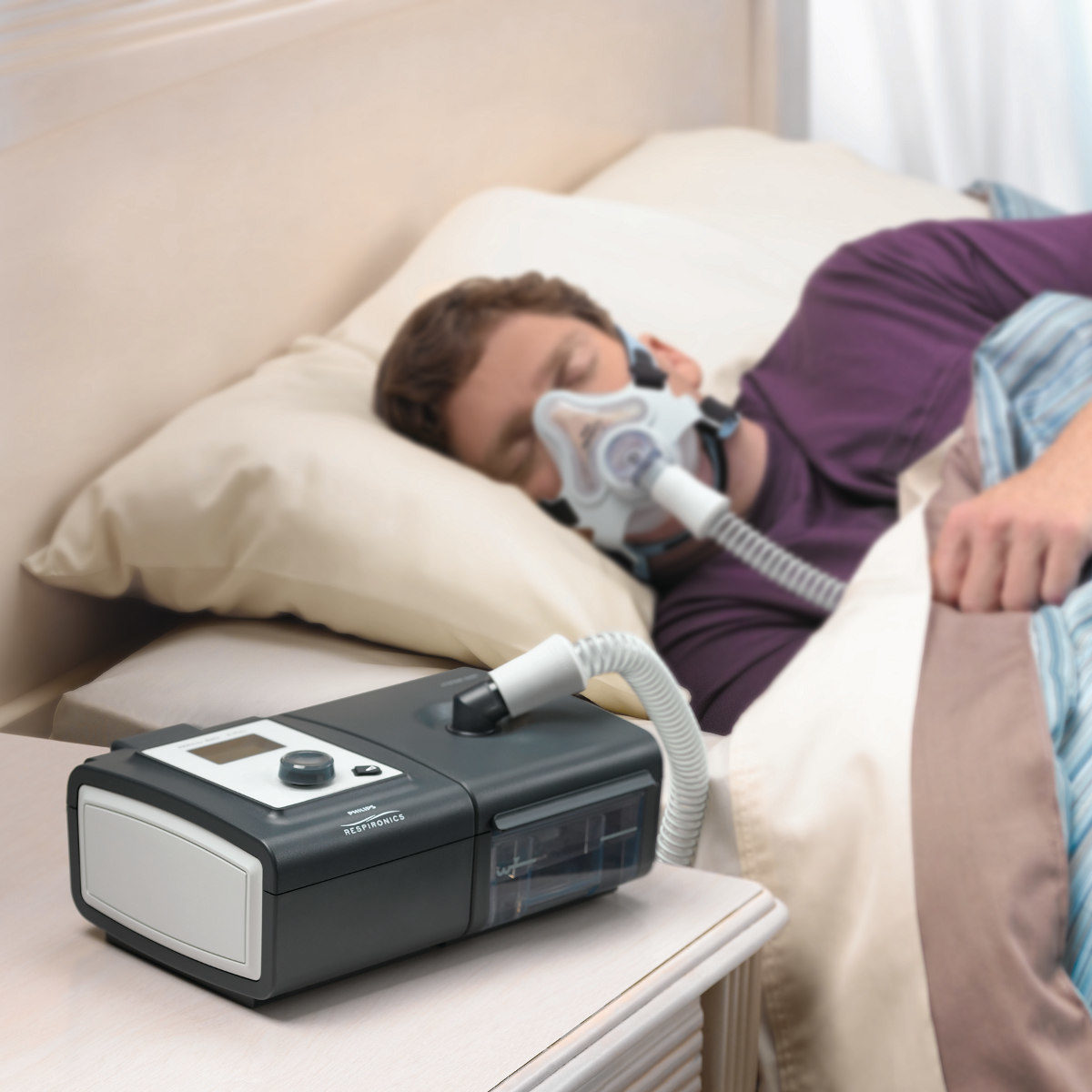Last updated on April 28th, 2023 at 04:13 pm

We cannot stress enough how important the CPAP mask is to the success of your obstructive sleep apnoea therapy. But we also know about the initial ‘mask anxiety’ that’s very common. We’re here to help and advise you with tips or techniques to ease your fears — and improve your comfort.
With that in mind, we should start with this: It is vital you choose the right mask for your condition and that’s where the options can seem overwhelming.
Considerations when choosing the right CPAP mask:
- How do you breathe?
- How do you sleep?
- What size CPAP mask do you need?
- Personal preference and your comfort
Your sleep study doctor or our advisers can help answer the first considerations, but your personal preference and the comfort is of course subjective.
CPAP Therapy
Keep in mind, CPAP therapy has been in use for over 40 years. It has been approved by the NHS and many other medical bodies around the world — and is currently helping millions of people around the world treat their OSA.
If you want to speak to one of our advisers, you call for free on 0800 024 8050.
Obstructive Sleep Apnoea (OSA) – What’s Happening?
This condition occurs when apnoeas (breathing pauses) and hypopnoeas (breathing restrictions) repeatedly occur during the night.
As you sleep, the muscles and tissues in the throat will tighten up, causing an obstruction that results in snoring as well as breathing difficulties. When the airway tightens up, the airflow is reduced causing a gasping/choking sound or apneas (pauses in breathing). This is the brain’s reaction to the oxygen drop, momentarily waking you from your sleep. This can happen 100 times every hour.
The CPAP Mask and How It Works
The CPAP mask is, of course, vital in ensuring your body gets a steady stream of oxygen through the night. The mask works by delivering air to increase the pressure to your airways, enabling them to remain open and allowing you to breathe — and sleep — without interruption.
Here’s a few common difficulties people experience in getting acclimated to their new CPAP mask.
Become Acclimated to Its Presence
Wearing a CPAP mask should become a habit. This is why, in the beginning, you can benefit from wearing it at various times throughout the day (such as when reading, watching television or simply relaxing). You will become used to the presence of the mask over time.
Learn How to Adjust Straps and Similar Elements
Become aware of the accessories that can be adjusted based on the contours of your face. These may include straps, nose guards and similar elements. Not only are these intended to ensure that no air leaks from the periphery of the mask, but they can be utilised to obtain a greater degree of comfort. When in doubt, consult the owner’s manual or speak with your sleep specialist.
Determine if Your Mask is Equipped with a “Ramp” Feature
Some people may not be able to tolerate the increased amount of air pressure that is emitted from the unit. This is when a “ramp” option can be useful. As opposed to activating with a high level of pressure, the mask will begin with a lighter airflow that increases over time. This provides your body with a way to become accustomed to the pressure. The ramp feature can also be used while you are falling asleep.
Utilise a Humidifier
Another common issue associated with CPAP masks is that the airflow can be too dry. This may lead to a sore throat or a runny nose. The good news is that such a situation can be easily corrected with the help of a humidifier. Many units offer this as a standard feature. Check if you are provided with this option. If not, it is wise to ask for an upgrade.
Dealing with Feelings of Claustrophobia
Many who suffer from claustrophobia will naturally have issues with their mask in the beginning. Once again, this is when a bit of acclimation can provide an immense benefit. As suggested earlier, start by wearing the mask at various times throughout the day (even if only for a few minutes). You can also hold the mask to your face without using its straps (if the straps are making you feel uncomfortable). Finally, you may progress to wearing the strapped mask while awake.
If none of these options seem to work, it is wise to practice relaxation techniques before heading off to bed. Meditation, deep breathing exercises and belly breathing are great habits to embrace. Not only will these allow you to become acclimated to your mask, but they are also excellent if you hope to increase your lung capacity.
Addressing Possible Allergies
Although mask-related allergies are quite rare, they are still worth mentioning. These situations normally occurred from the presence of latex within the masks themselves. However, we should note that nearly all modern varieties are comprised of silicone. If you notice bruising, swelling or irritation, consult with a specialist. In the majority of cases, these symptoms are caused by a mask that has not been properly cleaned. This is why it is important to disinfect its surfaces on a regular basis.
Practice Good Pre-Sleep Hygiene
As your mouth and nose are in close proximity of the mask, wash your face thoroughly before heading off to bed. Not only will this help to maintain the sterility of the mask, but it can help to prevent you from becoming ill due to the presence of bacteria.
What if You Take the Mask Off While Asleep?
If you notice that the mask has become detached during the overnight hours, you could be unconsciously removing it. One solution is to procure an additional chin strap which makes it much harder to remove. Another option involves setting an audible alarm during the overnight hours. This will allow you to check whether or not the mask has remained in place.
Consider Trimming Your Facial Hair
While beards may currently be in vogue, they are not always suited for a CPAP mask. The main issue is that it might not be possible to obtain an airtight seal between the apparatus and your face. This actually detracts from the entire purpose of the mask. So, a slight trim could be in order.
Become Acclimated to Its Noise
Some individuals need to sleep in absolute silence. Unfortunately, this is not possible when using a CPAP machine. Most units have been designed to run almost silently. If the noise is still bothersome, check to see if the air filter needs to be changed or speak with your sleep specialist in order to determine if another problem may be present. You could also choose to sleep with earplugs or to employ a device which emits white noise such as a common fan.
The CPAP machine will help to alleviate even the most stubborn symptoms associated with obstructive sleep apnoea. Still, it can be difficult to become used to such units in the beginning. All of the advice mentioned above will come in handy if you are having problems falling asleep. It is nonetheless wise to speak with your physician to determine if there are any other methods or strategies at your disposal.
Published: 23rd July 2020

